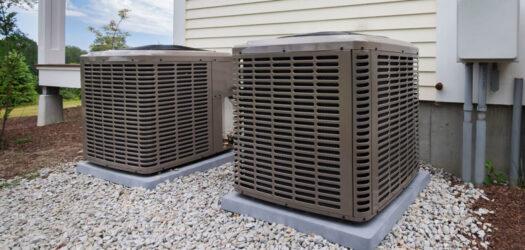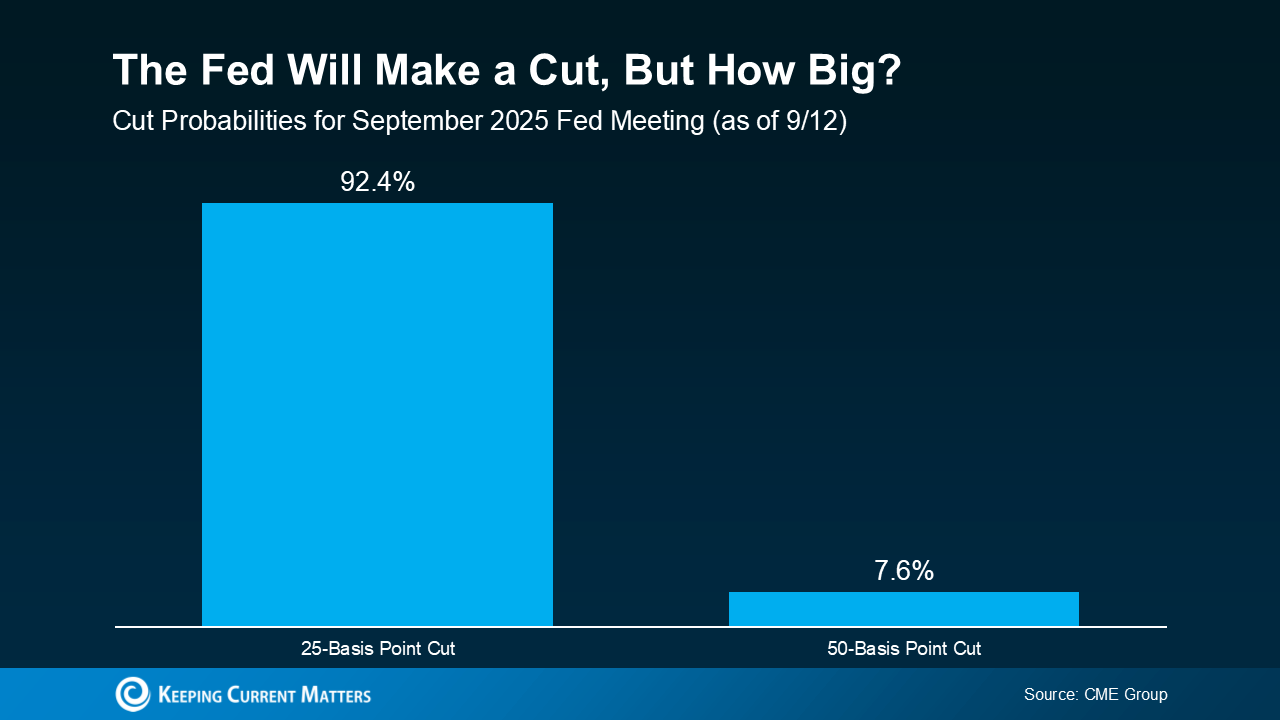Top Home Inspection Red Flags Every Buyer Should Watch For
Top Home Inspection Red Flags Every Buyer Should Watch For

You’ve finally found your dream home, your offer’s been accepted, and now it’s time for the inspection — you’re already halfway there!
But before you celebrate, remember that buying a home is one of the biggest financial decisions you’ll ever make. A thorough home inspection is one of the most critical steps in protecting that investment. It can uncover hidden problems that aren’t visible during a casual walkthrough — issues that could cost thousands to repair or even affect your safety and comfort.
From foundation concerns to pest infestations, some red flags in the inspection report can reveal major underlying risks. Here are the top five inspection red flags every buyer should pay attention to.
1. Foundation Issues
The foundation is the backbone of your home — if it’s compromised, everything above it can be affected.
Warning signs to look out for:
-
Large, horizontal cracks in walls or floors
-
Uneven or sloping floors
-
Doors and windows that stick or don’t close properly
-
Sagging ceilings or walls
Once you receive the inspection report, look for mentions of “cracks in the foundation,” “uneven flooring,” or “settling.” Hairline vertical cracks are typically minor, but anything large enough to fit a coin into should raise concern.
Estimated repair costs: Foundation repairs can range from $5,000 to $40,000, depending on the severity. Since foundation problems can threaten the structural integrity of the home, it’s wise to bring in a specialist before moving forward.
2. Water Damage & Drainage Problems
Water damage often signals bigger issues — from structural weakening to mold growth.
Warning signs to look out for:
-
Brown or yellow water stains on ceilings or walls
-
Peeling paint or bubbling drywall
-
Musty odors, especially in basements
-
Pooling water near the foundation
Water intrusion can be a costly repair and may lead to ongoing issues like mold or foundation damage. If the home has a history of flooding, it can also make getting homeowners’ insurance more difficult or expensive.
3. Plumbing Problems
Plumbing is a system most people take for granted — until something goes wrong. Older pipes, poor water pressure, and hidden leaks can cause expensive damage over time.
Warning signs to look out for:
-
Leaky faucets, toilets, or visible pipes
-
Low water pressure
-
Water stains around sinks, tubs, or foundations
-
Rust or corrosion on exposed pipes
Minor plumbing fixes are usually inexpensive, but larger issues can run from $150 to over $1,000 — or far more if the damage is extensive. Since plumbing is used daily, small problems can quickly escalate into water damage or mold growth.
4. Electrical Issues
Electrical problems are some of the most dangerous — they can cause fires, power failures, or even electrocution.
Warning signs to look out for:
-
Exposed or frayed wiring
-
Burn marks or discoloration around outlets
-
Buzzing sounds or sparking when plugging in devices
-
Old fuse boxes or outdated electrical panels
Older homes are especially prone to wiring that no longer meets modern safety standards. If the inspection uncovers electrical issues, you may need a full rewiring job to meet current codes — something insurance companies often require before issuing coverage.
5. Pest Infestations
Termites, rodents, and carpenter ants can silently destroy a home’s structure, leading to major repairs and health risks.
Warning signs to look out for:
-
Gnaw marks, droppings, or nests
-
Wood that sounds hollow when tapped
-
Mud tubes on walls or foundations
-
Crumbling wood near the attic or foundation
A report that mentions termite activity should never be ignored. Termite damage repairs can cost between $3,000 and $4,000, and extermination is only the first step — structural repairs often follow.
What to Do If Red Flags Show Up
If your inspection reveals major concerns, don’t panic. You still have options:
-
Negotiate repairs — ask the seller to fix the issues before closing.
-
Request a price reduction — offset the repair costs in your offer.
-
Walk away — if the issues are too extensive or risky, it’s okay to move on.
No home is perfect, but understanding these red flags helps you make an informed decision about what’s manageable and what’s a deal-breaker. Ultimately, the right home should feel like a solid investment — not a financial burden waiting to happen.
Categories
Recent Posts











